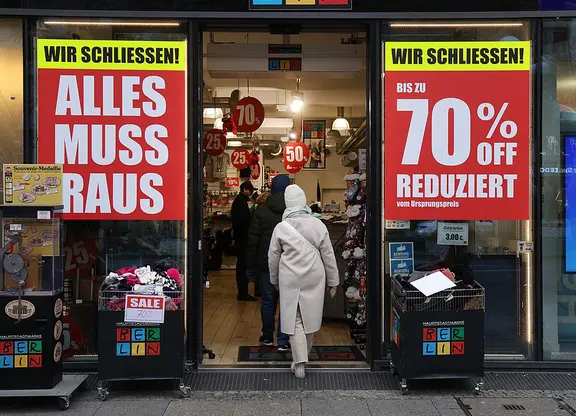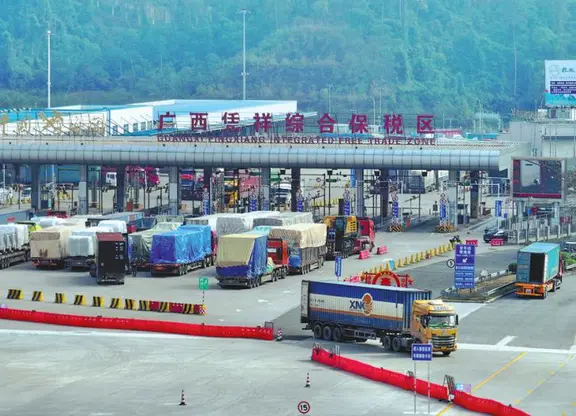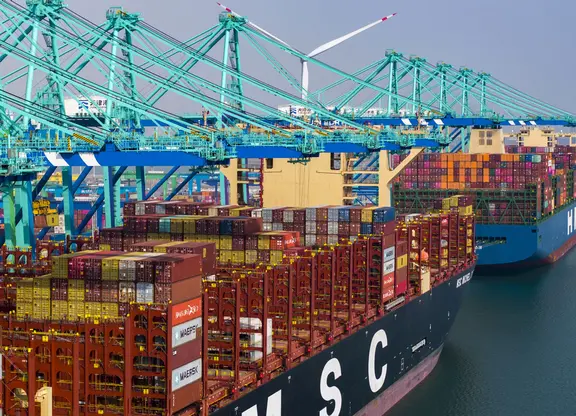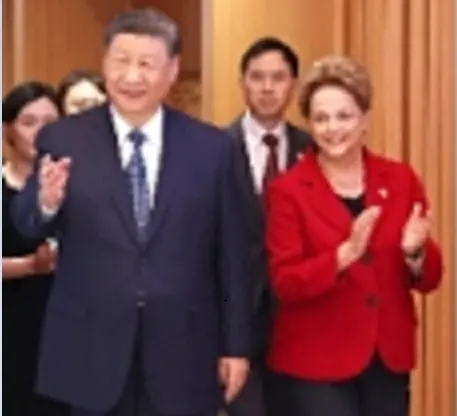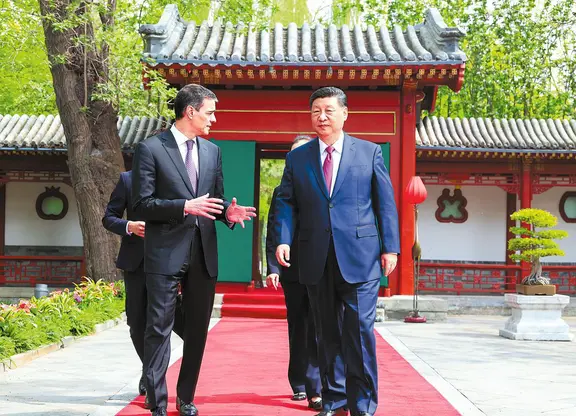02:20

China is the biggest oil importer in the world, and three years ago today, it launched its own crude oil futures benchmark in Shanghai. The total trade volume of the Shanghai Crude Oil Futures has reached 44 trillion yuan, or $6.7 trillion, with overseas clients spanning across 23 countries and regions.
Click open finance websites and you'll find that trillions of dollars of oil traded each year is mostly priced off two benchmarks – the U.S. West Texas Intermediate and London's Brent crude oil futures.
But there's an alternative that's quickly catching up. The Chinese yuan-denominated Shanghai Crude Oil Futures, which was launched in March 2018. Three years in, it's already the third biggest oil contract by volume.
And last year, those who bet on prices altogether on the Shanghai Crude Oil Futures, in turn, helped the economy in a way many hadn't anticipated.
In March 2020, the COVID-19 pandemic hit the world by surprise. With industry production and trade grinding to a halt in many places, global demand for crude oil plummeted to a historic low. At one point, U.S. crude hit negative value. Oil producers basically ran out of space to store the oversupply and were forced to pay buyers to take the barrels.
On the other hand, by March and April of last year, Chinese factories were anticipating a gradual resumption of production in the months ahead. This, combined with other factors, pushed demand for oil from China back up. The result was that Shanghai Oil Futures were priced higher than other global contracts.
Many oil companies grabbed at the opportunity. They sold crude futures contracts in the Shanghai market, effectively locking in a fixed price for future deliveries that was higher than in other markets at the time. Buyers of the contacts in China saw these futures as great bargains in the long term as well, since you never know when oil prices will rebound.
That's exactly what happened in June and July – international oil prices picked up. In the previous months, Chinese companies had been buying a lot of cheap oil futures contracts. When the barrels were finally delivered, a huge number of them were stockpiled in Chinese coastal warehouses. In the end, the oversupply in China from the previous buying frenzy made Shanghai Crude Oil Futures cheaper than other benchmarks.
Many companies in Asia saw this and said "hey, why not buy directly from Shanghai instead of from the Middle East?" "Eventually, the stockpile supplied many refineries in China, Japan and South Korea, etc. with cheap oil for months," said Ouyang Xiuzhang, Asia CEO of Freepoint Commodities.
According to the Shanghai International Energy Exchange, many barrels of oil traded on the Shanghai market were also shipped directly to Asian countries like South Korea, Myanmar and Malaysia. That made oil-related industries in these countries pay greater attention to Shanghai crude futures prices.
But experts say, as with all new benchmarks, its biggest challenge is to attract even more global traders and create more liquidity. This is believed to be a key for the new benchmark to become an integral part of the global oil price discovery.
 简体中文
简体中文




